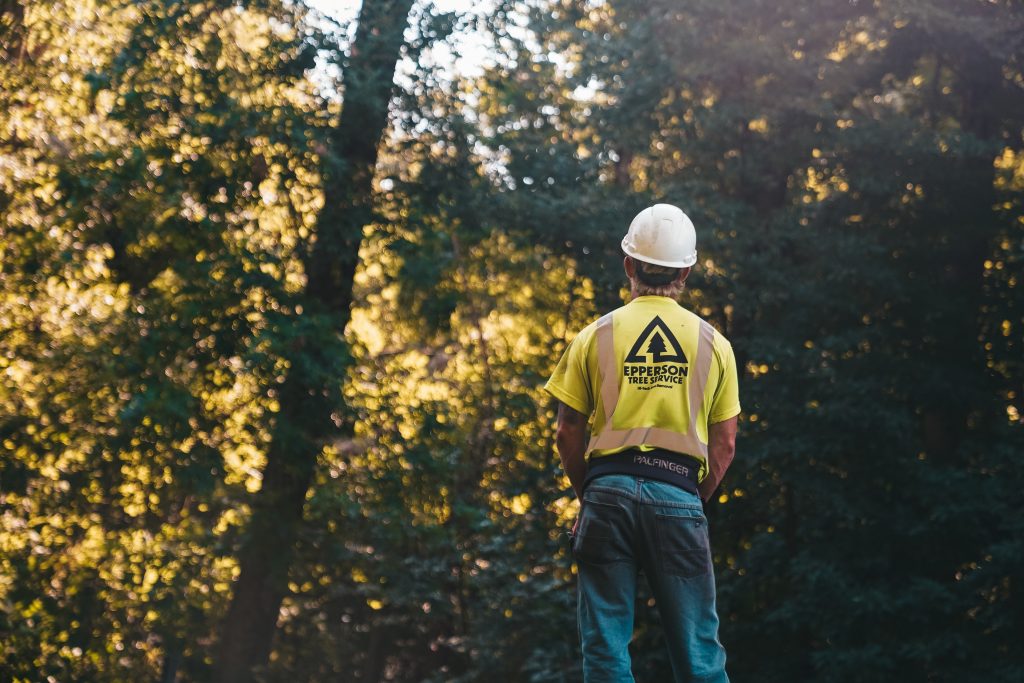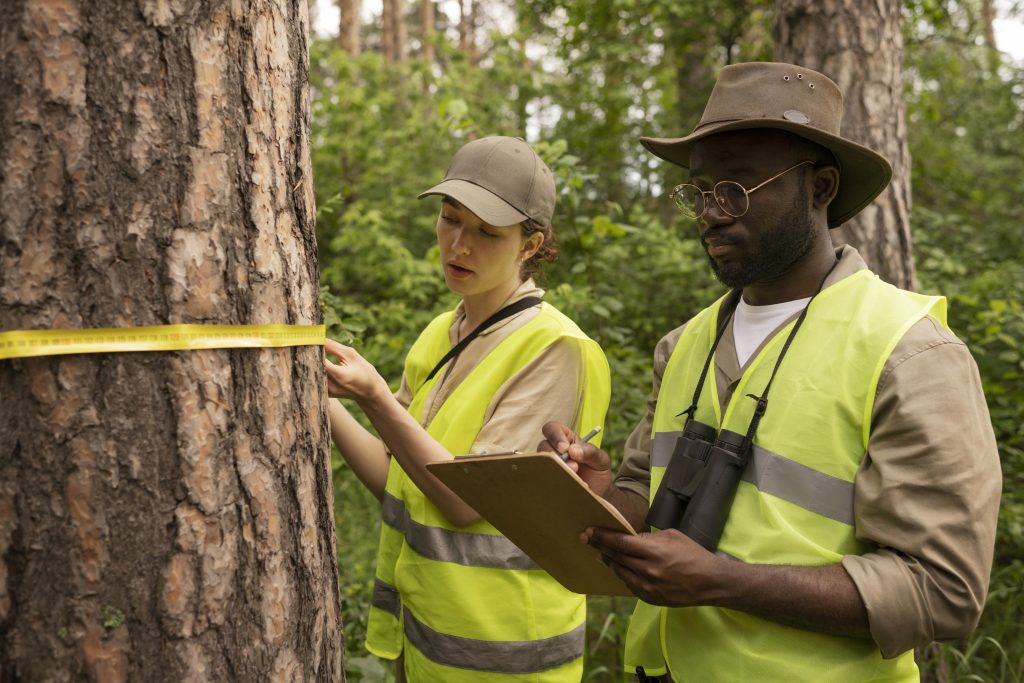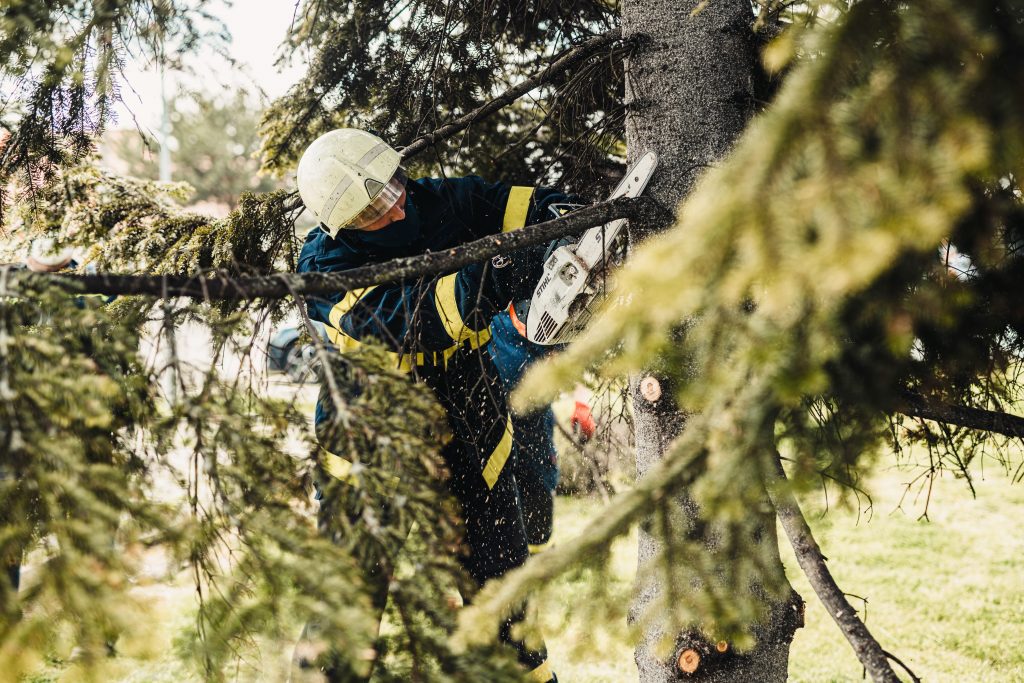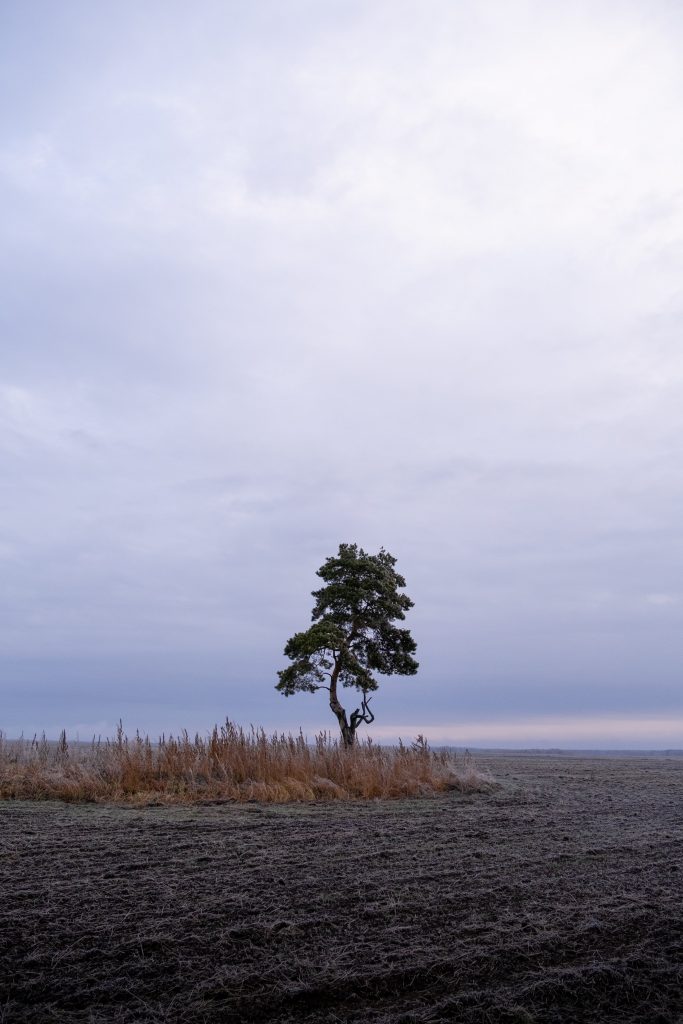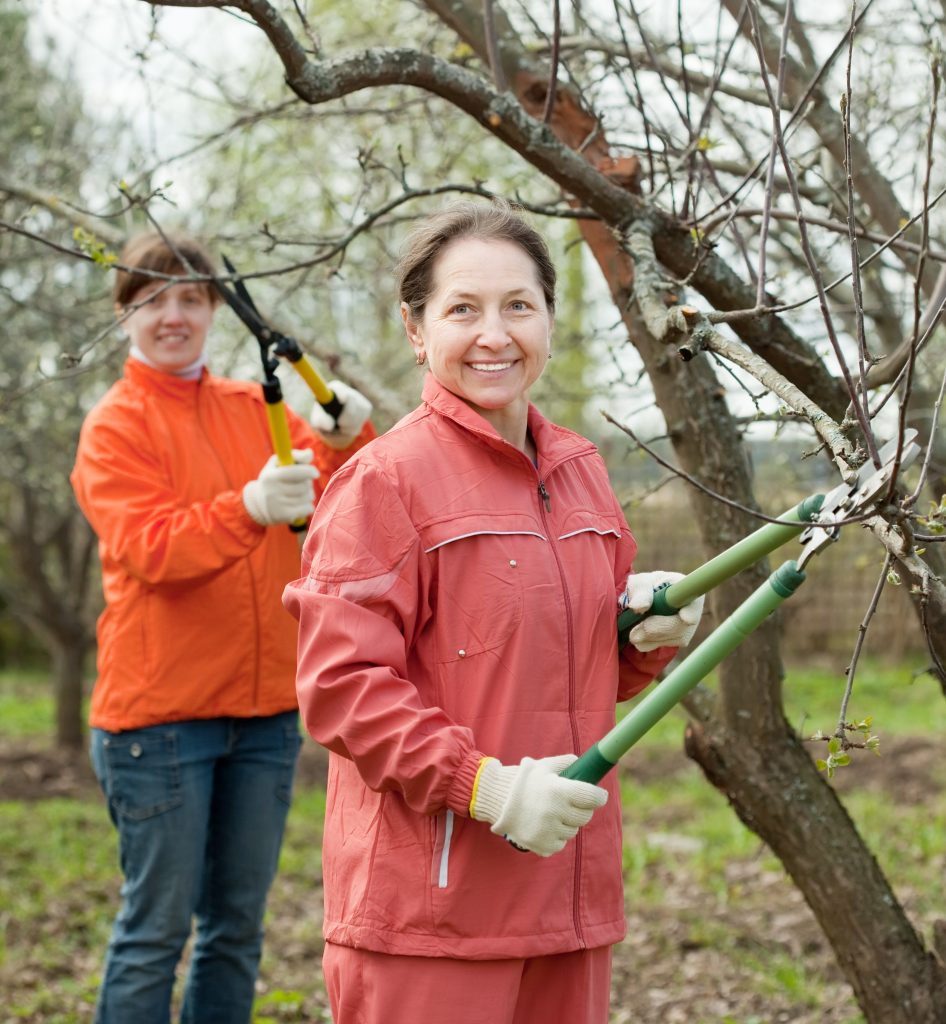UNDERSTANDING THE DIFFERENT TYPES OF TREE PRUNING TECHNIQUES
UNDERSTANDING THE DIFFERENT TYPES OF TREE PRUNING TECHNIQUES
Tree pruning is a vital practice that offers a multitude of benefits for tree health, safety, and aesthetics. Proper pruning involves the selective removal of branches and foliage to achieve specific goals, such as improving the tree’s structure, promoting growth, enhancing its appearance, and ensuring safety. Whether in urban landscapes, residential yards, or natural environments, tree pruning plays a crucial role in maintaining the well-being of trees and the overall harmony of the surrounding environment. Here’s an explanation of the importance of tree pruning for these key aspects:
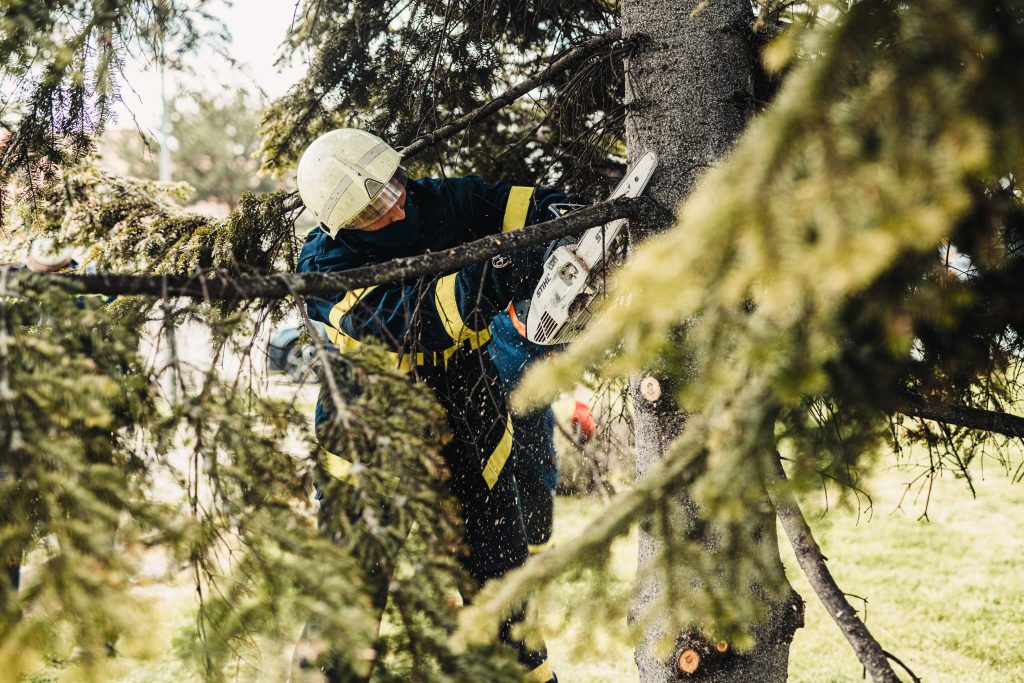
- Tree Health:
- Dead and Diseased Branch Removal: Pruning removes dead, dying, or diseased branches that can act as entry points for pests and diseases. This reduces the risk of infection and promotes the tree’s overall health.
- Increased Airflow and Light: Proper pruning allows for better air circulation and increased sunlight penetration, which can prevent the growth of fungal pathogens and promote healthy foliage.
- Structural Integrity:
- Reducing Weak Branches: Pruning eliminates weak or structurally unsound branches that could pose a hazard during storms or under their own weight. This prevents branch breakage and minimizes potential property damage or personal injury.
- Promoting Proper Growth: Strategic pruning guides the tree’s growth by removing competing or crossing branches, leading to a well-balanced and stable tree structure.
- Safety:
- Preventing Hazards: Pruning helps eliminate potential hazards such as deadwood, hanging branches, or limbs at risk of falling. This reduces the risk of accidents and property damage, especially in areas with foot traffic, roads, and structures.
- Clearing Sightlines: Proper pruning ensures clear sightlines for drivers, pedestrians, and cyclists, reducing the chances of accidents caused by obstructed views.
- Aesthetics and Landscape Enhancement:
- Improved Appearance: Pruning enhances the tree’s aesthetic appeal by maintaining a pleasing and well-proportioned shape. It can also reveal the tree’s natural features and create focal points in landscapes.
- Enhanced Visual Access: Selective pruning opens up vistas, improves visibility of architecture, and highlights scenic views. This can contribute to a more inviting and enjoyable environment.
- Disease and Pest Management:
- Disease Prevention: Pruning removes infected branches before diseases can spread throughout the tree. It helps contain infections and protect the overall health of the tree.
- Pest Control: Eliminating deadwood and dense foliage reduces hiding places for pests, making trees less hospitable to insects that can cause damage.
- Growth and Regeneration:
- Promoting New Growth: Pruning stimulates new growth by redirecting energy to healthier branches and encouraging the development of new shoots.
- Thinning Dense Foliage: Proper thinning pruning reduces competition among branches, allowing sunlight and resources to reach inner branches and stimulate growth.
In conclusion, tree pruning is a fundamental practice that encompasses health, safety, and aesthetics, making it an essential aspect of responsible tree care. By promoting tree health, ensuring safety, enhancing beauty, and contributing to the overall well-being of landscapes, proper pruning supports the longevity and vitality of trees in various settings. It requires knowledge, skill, and careful consideration of each tree’s unique characteristics and needs.
Tree pruning techniques
Tree pruning techniques involve various methods of selectively removing branches and foliage from trees to achieve specific goals such as improving tree health, structure, aesthetics, and safety. Each technique serves a distinct purpose and is applied based on the tree’s species, growth pattern, location, and the desired outcomes. Understanding these techniques is crucial for effective tree care and maintenance. Here’s an explanation of some common tree pruning techniques:
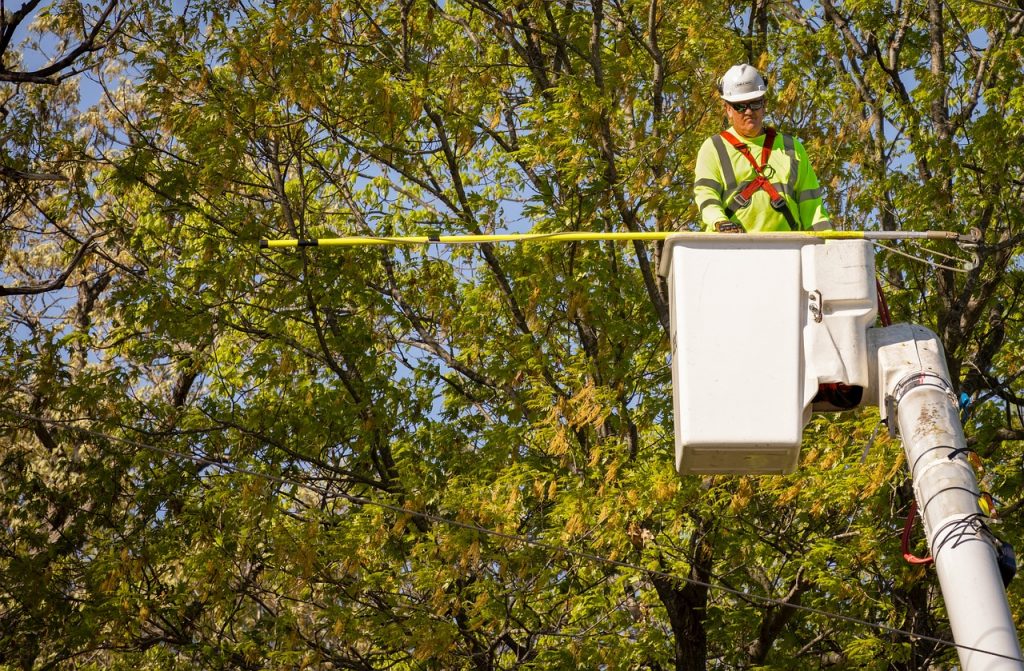
- Crown Cleaning:
- Purpose: Removal of dead, diseased, or dying branches, as well as weak or structurally unsound growth.
- Benefits: Enhances tree health by preventing disease spread, reduces the risk of falling debris, and improves overall appearance.
- Crown Thinning:
- Purpose: Selective removal of branches to increase light penetration, air circulation, and reduce weight on branches.
- Benefits: Improves tree structure, promotes healthy foliage growth, and reduces the risk of wind damage.
- Crown Raising:
- Purpose: Removal of lower branches to provide clearance for pedestrians, vehicles, and structures.
- Benefits: Enhances visibility, prevents obstruction, and creates space beneath the tree.
- Crown Reduction:
- Purpose: Reducing the overall size and height of the tree’s canopy.
- Benefits: Controls tree size, minimizes stress on branches, and promotes a balanced and safer structure.
- Vista Pruning:
- Purpose: Pruning to create or enhance specific views and vistas.
- Benefits: Opens up sightlines to scenic landscapes, architecture, or landmarks, enhancing aesthetic value.
- Structural Pruning:
- Purpose: Pruning young trees to develop a strong and well-balanced framework.
- Benefits: Encourages proper branch spacing, prevents co-dominant stems, and promotes a healthier mature tree.
- Deadwooding:
- Purpose: Removal of dead or dying branches from the tree.
- Benefits: Improves safety by eliminating potential hazards, reduces the risk of falling branches, and enhances overall tree health.
- Pollarding and Coppicing:
- Purpose: Drastic pruning methods involving cutting back the entire crown (pollarding) or the tree’s stem near ground level (coppicing).
- Benefits: Used for certain tree species to manage growth, encourage new shoots, and produce specific wood products.
- Directional Pruning and Training:
- Purpose: Guiding tree growth in a specific direction, typically away from structures, utility lines, or undesired areas.
- Benefits: Minimizes the need for frequent pruning by shaping the tree’s growth early on.
- Shearing and Topiary: – Purpose: Pruning for ornamental purposes to create geometric shapes or artistic forms. – Benefits: Used in formal gardens and landscapes to achieve specific aesthetic designs.
Each tree pruning technique requires a thorough understanding of the tree’s biology, growth patterns, and the objectives of pruning. It’s important to use proper tools, make clean cuts, and follow best practices to avoid causing harm to the tree. In many cases, especially for larger trees or complex pruning needs, it’s advisable to consult a certified arborist or tree care professional to ensure that the right technique is applied safely and effectively.
Types of Tree Pruning Techniques
Tree pruning techniques encompass various methods of selectively removing branches and foliage from trees to achieve specific goals. These techniques are employed based on factors such as tree species, growth patterns, intended outcomes, and the unique needs of the tree and its surroundings. Understanding these techniques is crucial for effective tree care, maintenance, and promoting healthy growth. Here are explanations of common types of tree pruning techniques:
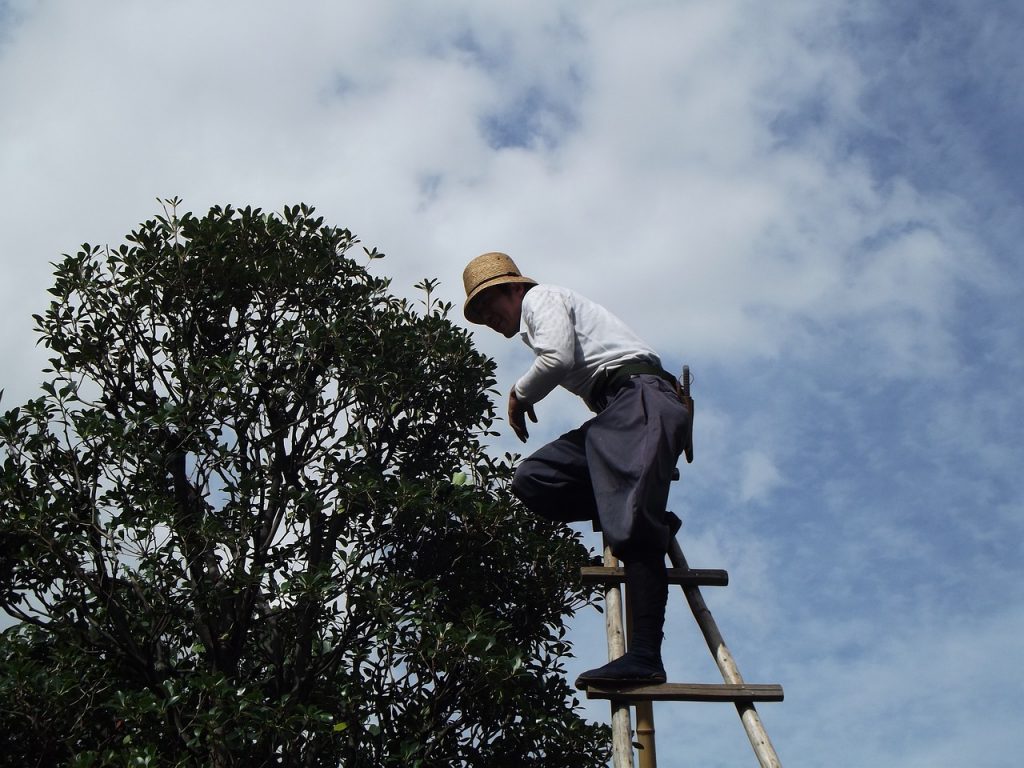
- Crown Cleaning:
- Purpose: Removal of dead, diseased, or dying branches, as well as weak or structurally unsound growth.
- Benefits: Enhances tree health by preventing the spread of diseases, reduces the risk of falling debris, and improves overall appearance.
- Crown Thinning:
- Purpose: Selective removal of branches to increase light penetration, air circulation, and reduce weight on branches.
- Benefits: Improves tree structure, promotes healthy foliage growth, and reduces the risk of wind damage.
- Crown Raising:
- Purpose: Removal of lower branches to provide clearance for pedestrians, vehicles, and structures.
- Benefits: Enhances visibility, prevents obstruction, and creates space beneath the tree.
- Crown Reduction:
- Purpose: Reducing the overall size and height of the tree’s canopy.
- Benefits: Controls tree size, minimizes stress on branches, and promotes a balanced and safer structure.
- Vista Pruning:
- Purpose: Pruning to create or enhance specific views and vistas.
- Benefits: Opens up sightlines to scenic landscapes, architecture, or landmarks, enhancing aesthetic value.
- Structural Pruning:
- Purpose: Pruning young trees to develop a strong and well-balanced framework.
- Benefits: Encourages proper branch spacing, prevents co-dominant stems, and promotes a healthier mature tree.
- Pollarding and Coppicing:
- Purpose: Drastic pruning methods involving cutting back the entire crown (pollarding) or the tree’s stem near ground level (coppicing).
- Benefits: Used for certain tree species to manage growth, encourage new shoots, and produce specific wood products.
- Directional Pruning and Training:
- Purpose: Guiding tree growth in a specific direction, typically away from structures, utility lines, or undesired areas.
- Benefits: Minimizes the need for frequent pruning by shaping the tree’s growth early on.
- Shearing and Topiary:
- Purpose: Pruning for ornamental purposes to create geometric shapes or artistic forms.
- Benefits: Used in formal gardens and landscapes to achieve specific aesthetic designs.
- Deadwooding: – Purpose: Removal of dead or dying branches from the tree. – Benefits: Improves safety by eliminating potential hazards, reduces the risk of falling branches, and enhances overall tree health.
Each technique requires an understanding of the tree’s biology, proper tools, and adherence to best practices to ensure successful results. It’s recommended to consult with certified arborists or tree care professionals for complex pruning needs to ensure the health and safety of the tree and its surrounding environment.
About Murray, Utah
Murray is a city situated on the Wasatch Front in the core of Salt Lake Valley in the U.S. state of Utah. Named for territorial governor Eli Murray, it is the state's fourteenth largest city. According to the 2020 census, Murray had a population of 50,637. Murray shares borders with Taylorsville, Holladay, South Salt Lake and West Jordan, Utah. Once teeming with heavy industry, Murray's industrial sector now has little trace and has been replaced by major mercantile sectors. Known for its central location in Salt Lake County, Murray has been called the Hub of Salt Lake County. Unlike most of its neighboring communities, Murray operates its own police, fire, power, water, library, and parks and recreation departments and has its own school district. While maintaining many of its own services, Murray has one of the lowest city tax rates in the state.
Neighborhoods in Murray, Utah
Murray Oakes, Grant Park, Southwood Park, Murray Park, Murray Park Restrooms, Willow Pond Park, Neighborhood Veterinary Care
Things To Do in Murray, Utah
Bus Stops in Murray, Utah to Truco Services, Inc.
Bus Stop in Murray Central Station (Bay C) Murray, Utah to Truco Services, Inc.
Bus Stop in State St @ 4801 S Murray, Utah to Truco Services, Inc.
Bus Stop in Murray North Station Murray, Utah to Truco Services, Inc.
Bus Stop in State St @ 4949 S Murray, Utah to Truco Services, Inc.
Bus Stop in Murray Central Frontrunner/Trax Station Murray, Utah to Truco Services, Inc.
Bus Stop in Murray Blvd / Vine St (SB) Murray, Utah to Truco Services, Inc.
Bus Stop in State St @ 3925 S Murray, Utah to Truco Services, Inc.
Bus Stop in State St @ 4824 S Murray, Utah to Truco Services, Inc.
Bus Stop in State St @ 5223 S Murray, Utah to Truco Services, Inc.
Bus Stop in Murray Blvd / Allendale Dr (NB) Murray, Utah to Truco Services, Inc.
Bus Stop in Murray Blvd @ 5039 S Murray, Utah to Truco Services, Inc.
Bus Stop in State St @ 4721 S Murray, Utah to Truco Services, Inc.
Driving Directions in Murray, Utah to Truco Services, Inc.
Driving Directions from Woodruff Tree Trimming and Removal to 4640 Commerce Dr, Murray, UT 84107, USA
Driving Directions from Reliable Tree Care to 4640 Commerce Dr, Murray, UT 84107, USA
Driving Directions from Tree Pro-Tech to 4640 Commerce Dr, Murray, UT 84107, USA
Driving Directions from Prestige Tree And Landscape to 4640 Commerce Dr, Murray, UT 84107, USA
Driving Directions from Excellence Tree & Landscape to 4640 Commerce Dr, Murray, UT 84107, USA
Driving Directions from Amen Trees to 4640 Commerce Dr, Murray, UT 84107, USA
Driving Directions from Tim's Tree Care to 4640 Commerce Dr, Murray, UT 84107, USA
Driving Directions from Jordan Tree Service - Murray to 4640 Commerce Dr, Murray, UT 84107, USA
Driving Directions from Arbor Works to 4640 Commerce Dr, Murray, UT 84107, USA
Driving Directions from Diamond Tree Experts to 4640 Commerce Dr, Murray, UT 84107, USA
Driving Directions from Green Tree Arborist to 4640 Commerce Dr, Murray, UT 84107, USA
Driving Directions from TruCo Services to 4640 Commerce Dr, Murray, UT 84107, USA
Reviews for Truco Services, Inc. Murray, Utah
Emily Abercrombie
We had a great experience with TruCo! They were well priced, responsive and prompt. Michael was a pleasure to work with and gave us advice on which plants to put in where we took out our ugly old shrubs. I would highly recommend this company!!!
Michelle Turpin
TruCo Services gets 5 stars from us for customer service. We experienced a few issues with their services this last year and Rob Eccles in senior management, stepped in and immediately handled our issues. He was very committed to making sure they understood our expectations and would execute to make us happy.
Siobhan Billingsley
I work for a property management company and have the pleasure of working with Rob at a community in Sandy. He has been incredible to work with and always responds in a timely manner. He knows all the homeowners by name and address and is aware of all the "problem" areas when it comes to sprinklers. I never have to worry about following up with him because he always reaches out to provide me with an update. If you're looking to work with someone who takes pride in their job, is professional, and can solve the worst landscaping problems thrown your way, Rob is your guy. Thank you, Rob for all you do!
Jaime S.
We have used Truco at 2 of the complexes we manage, they have been great to work with. Good quality service, outstanding customer service with good communication. That's hard to find these days. I highly recommend them. Travis has been awesome to work with.
Jerusha Smart
We use TruCo for a majority of our properties and our home. While other landscaping companies we use come and go for various reasons like cost, communication issues, work performance, etc., TruCo is always consistent in price and work. Also, Rob is the best.
